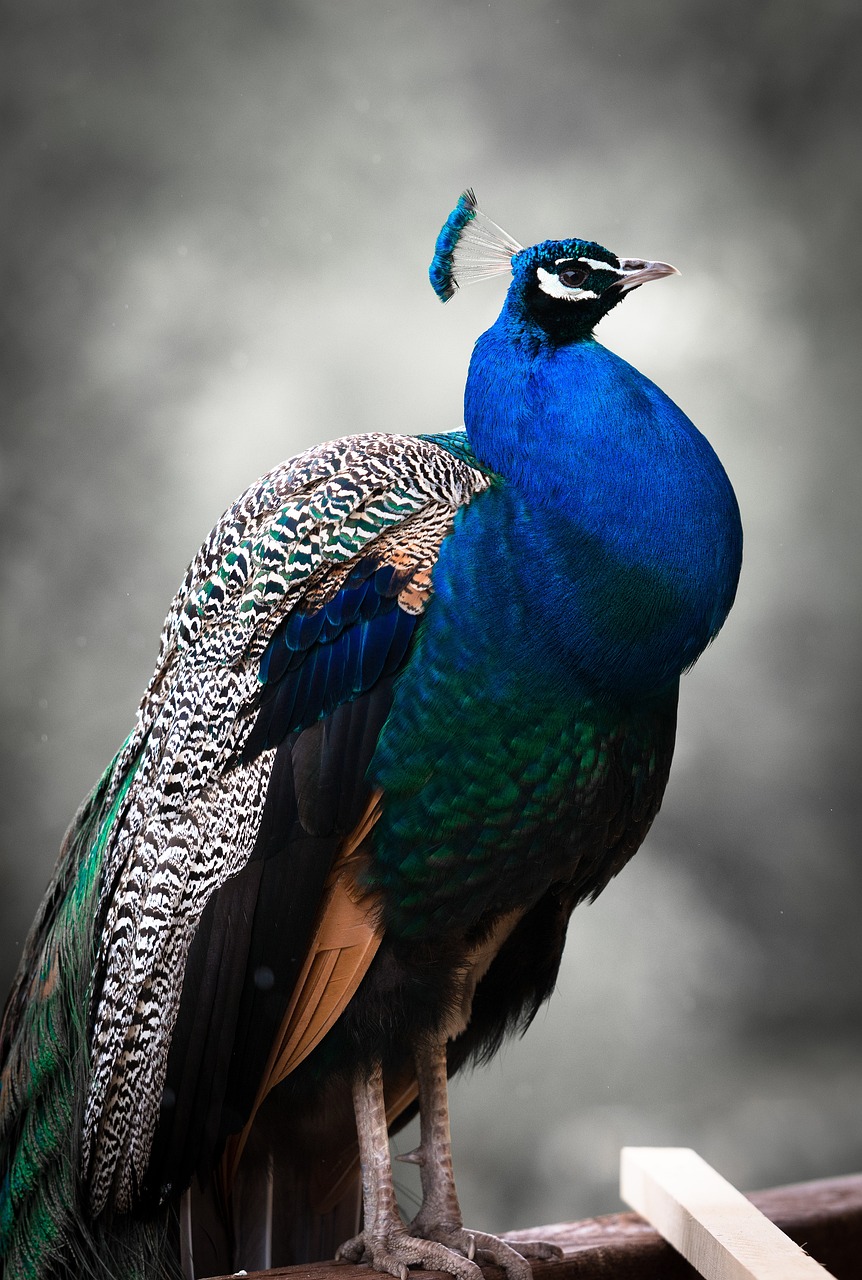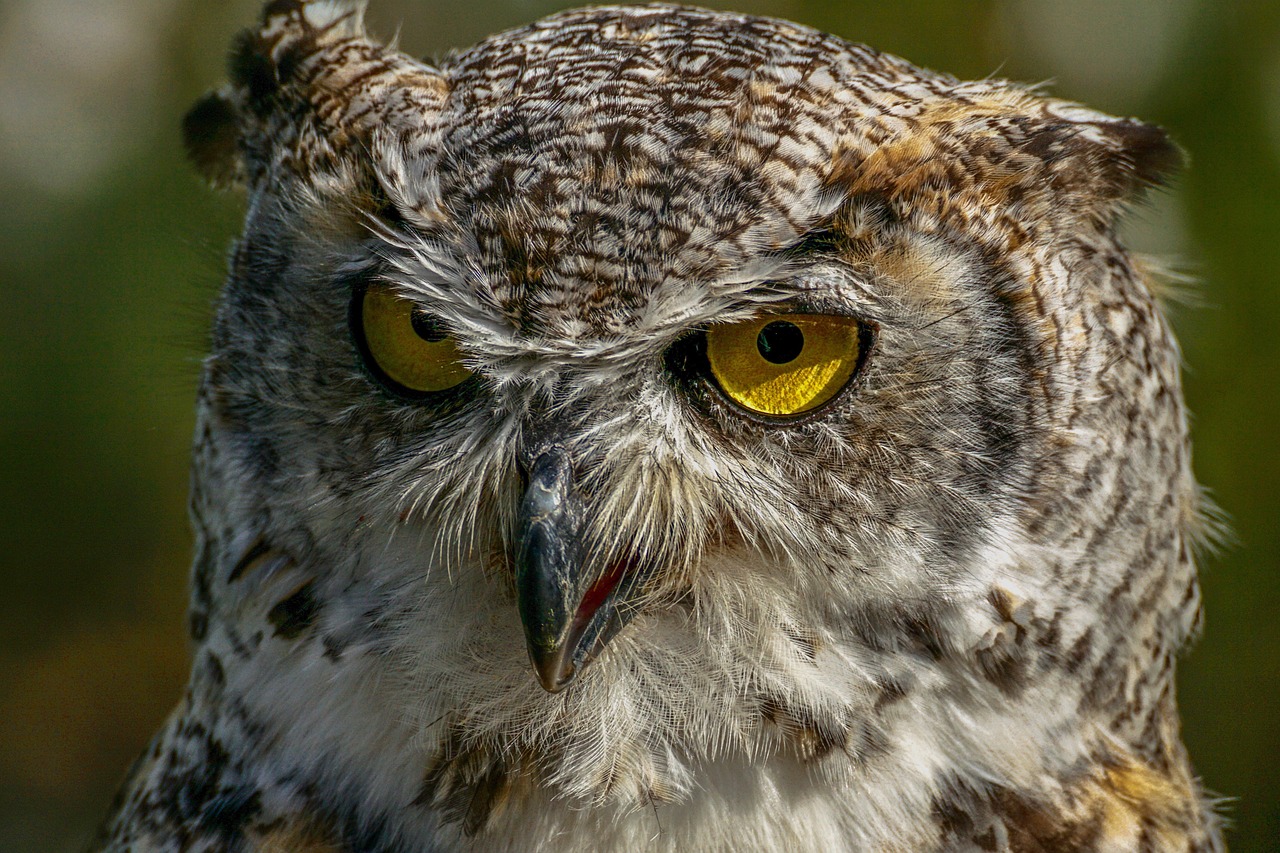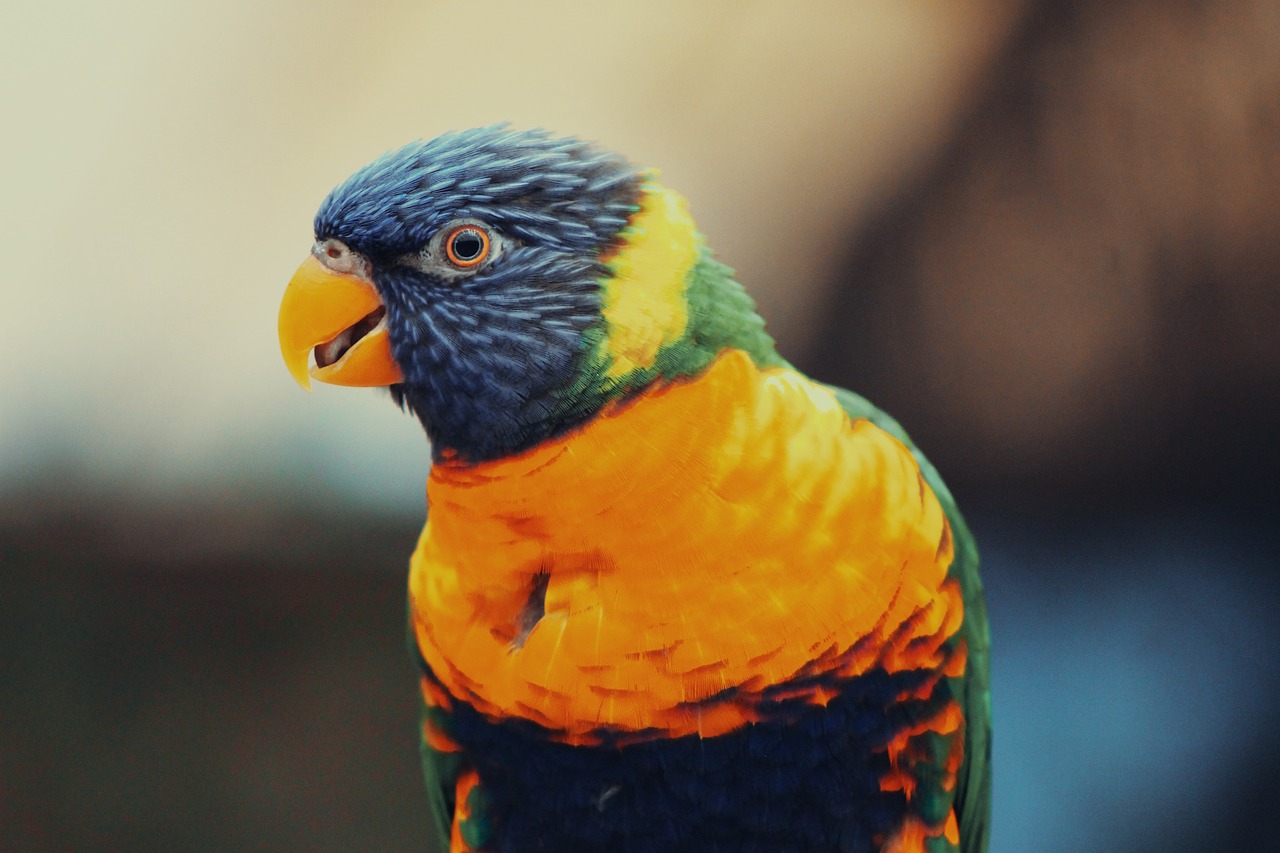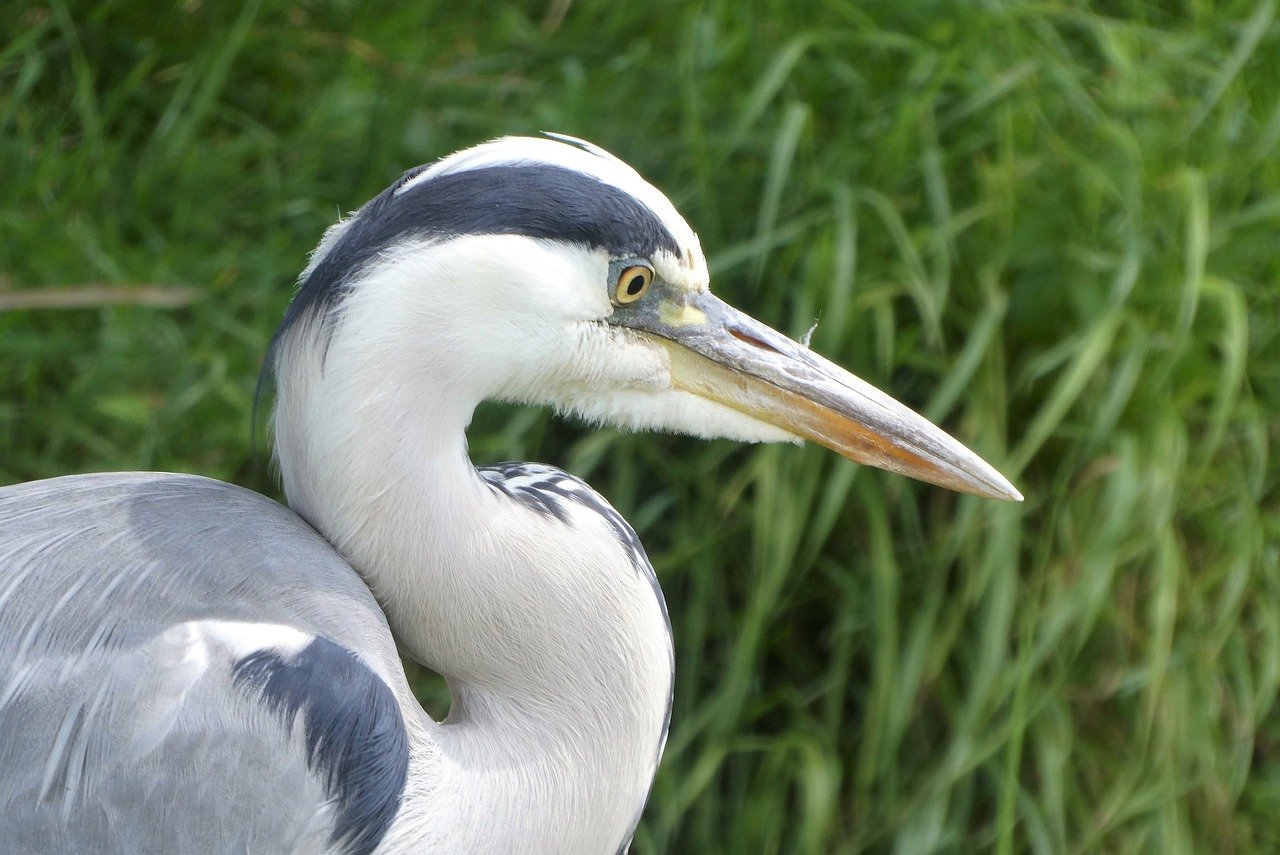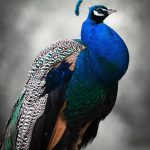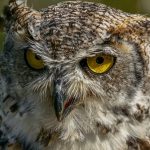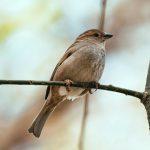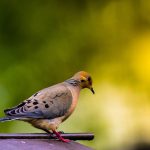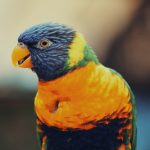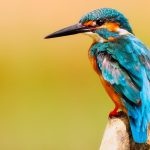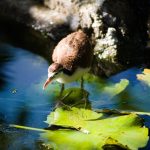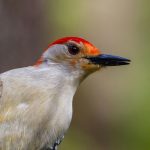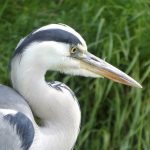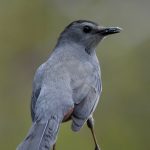Nightingale
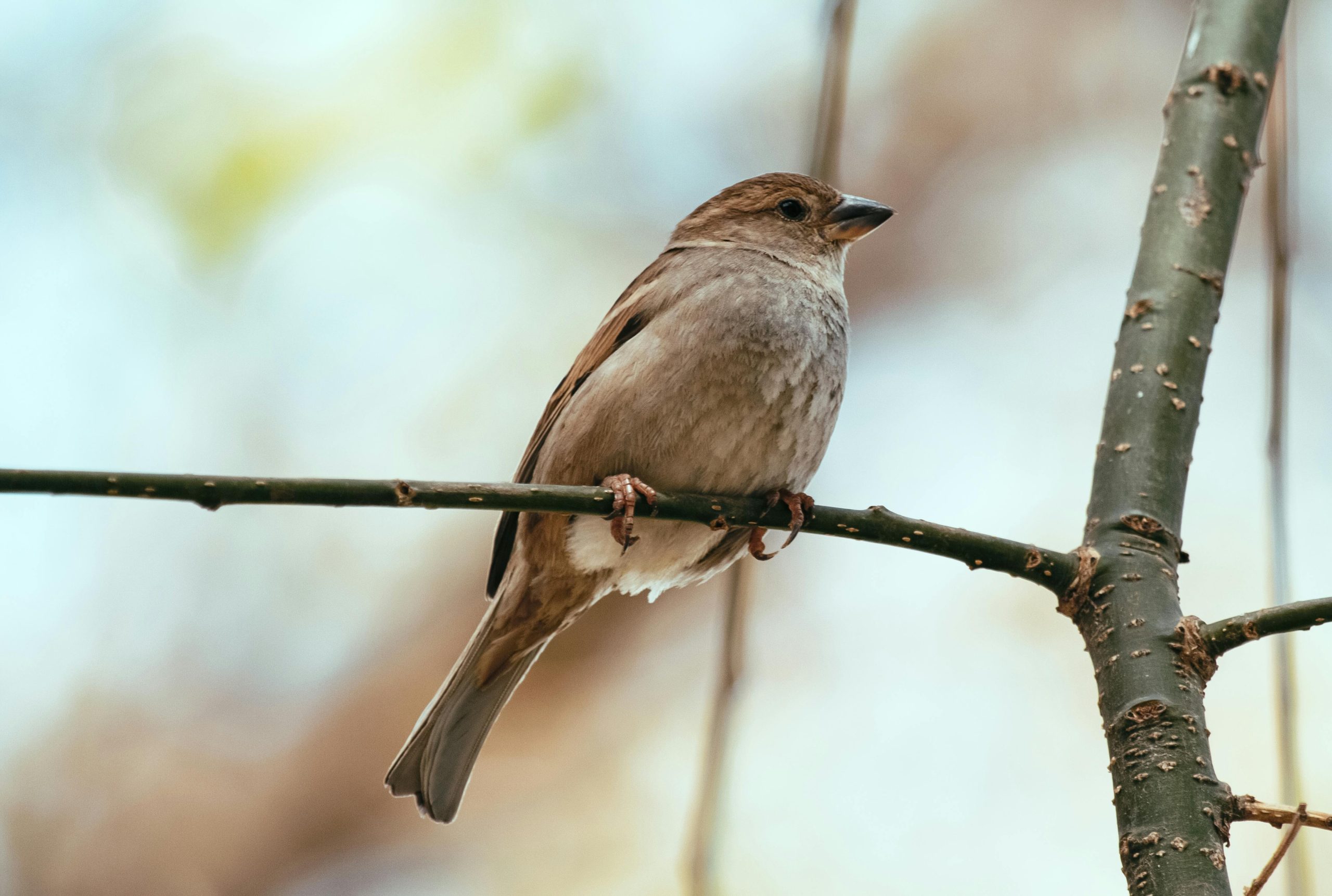
“The male nightingale has one of the most complex and sophisticated verbal sounds in the entire animal kingdom” Nightingale Scientific ...
Read more
Mourning Dove (Zenaida macroura)
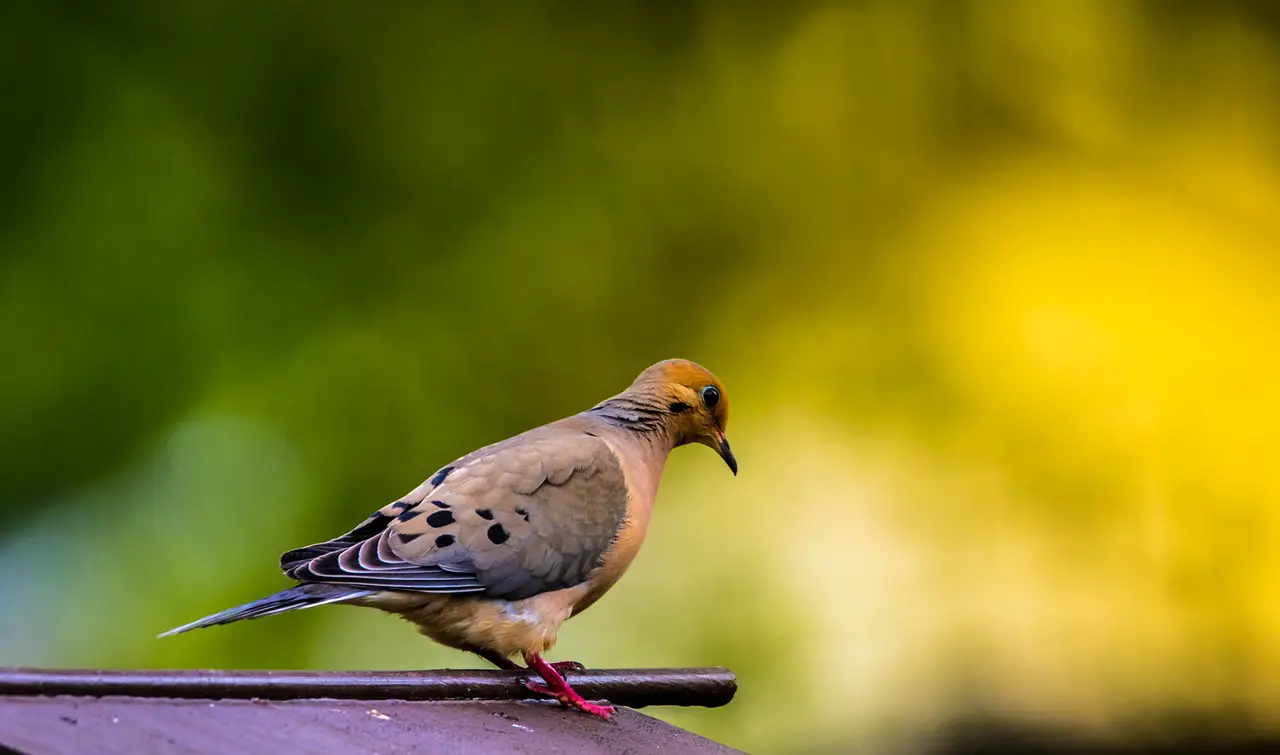
“It is almost always the male who makes the famous sad sound, which is a wooing call” The scientific classification ...
Read more
Kingfisher
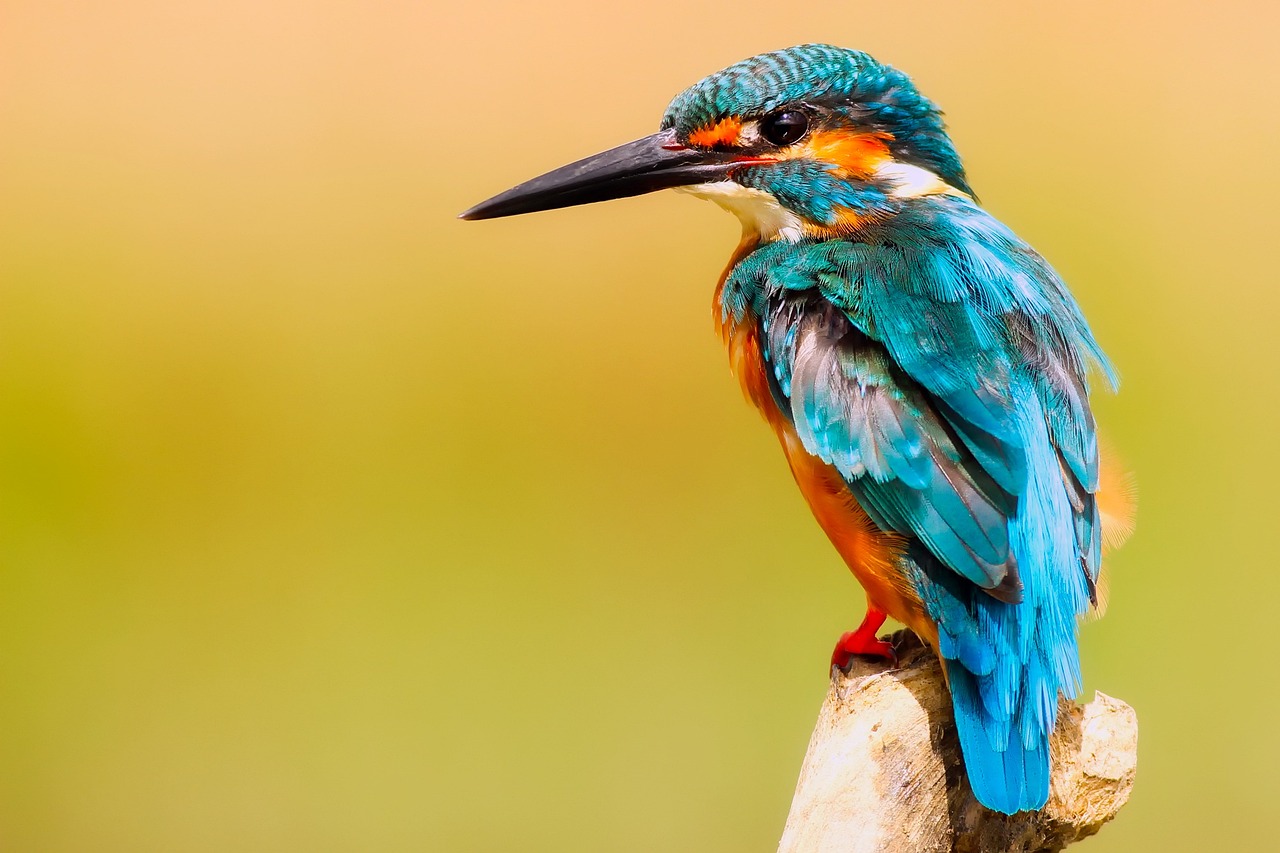
“The kingfisher digs burrows into the ground” The scientific classification of the kingfisher is as follows: To delve deeper into ...
Read more
Jacana (Jacanidae)
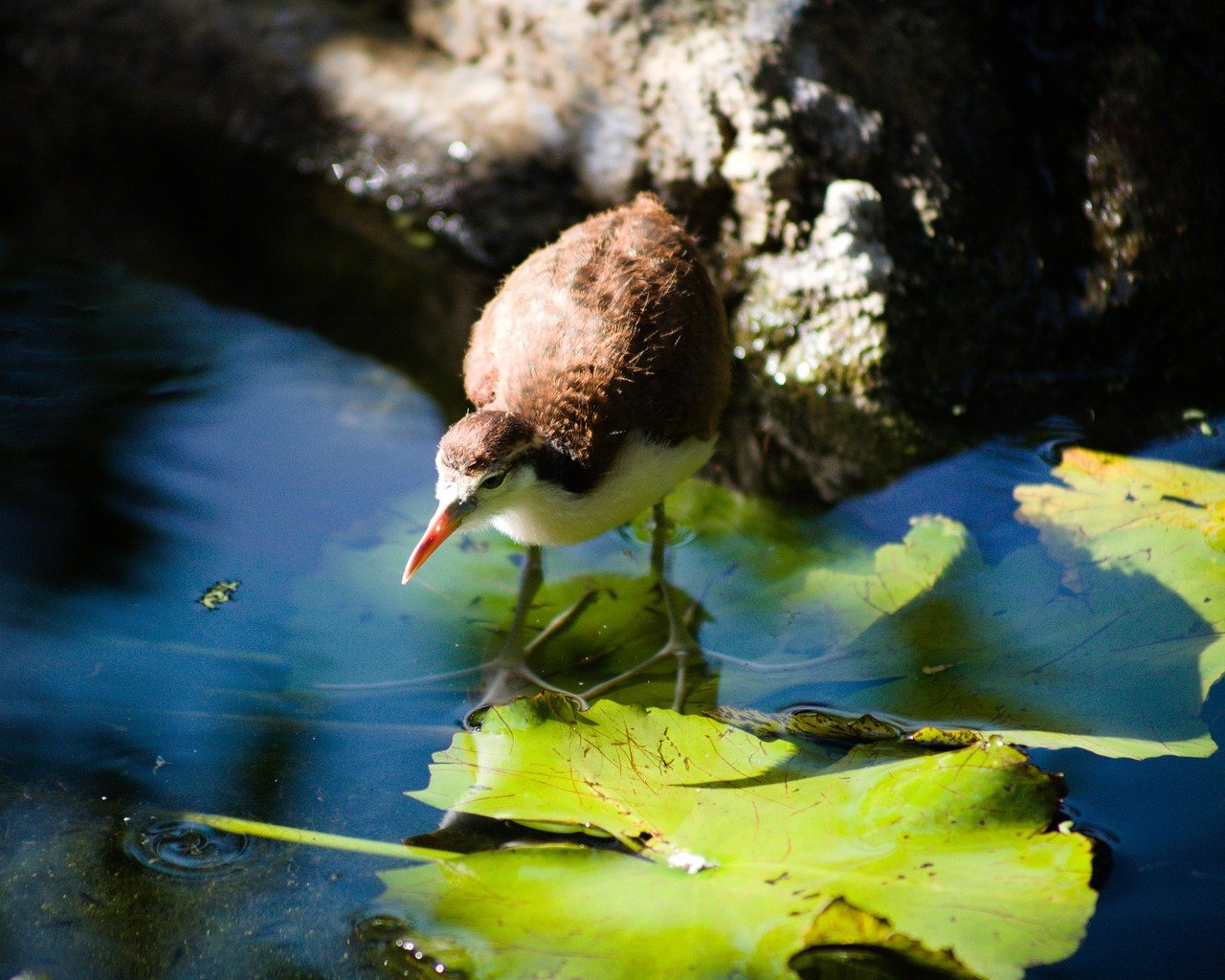
“The jacana has the ability to swim underwater” The Jacana, a fascinating bird known for its distinctive long toes adapted ...
Read more
Ivory-billed woodpecker
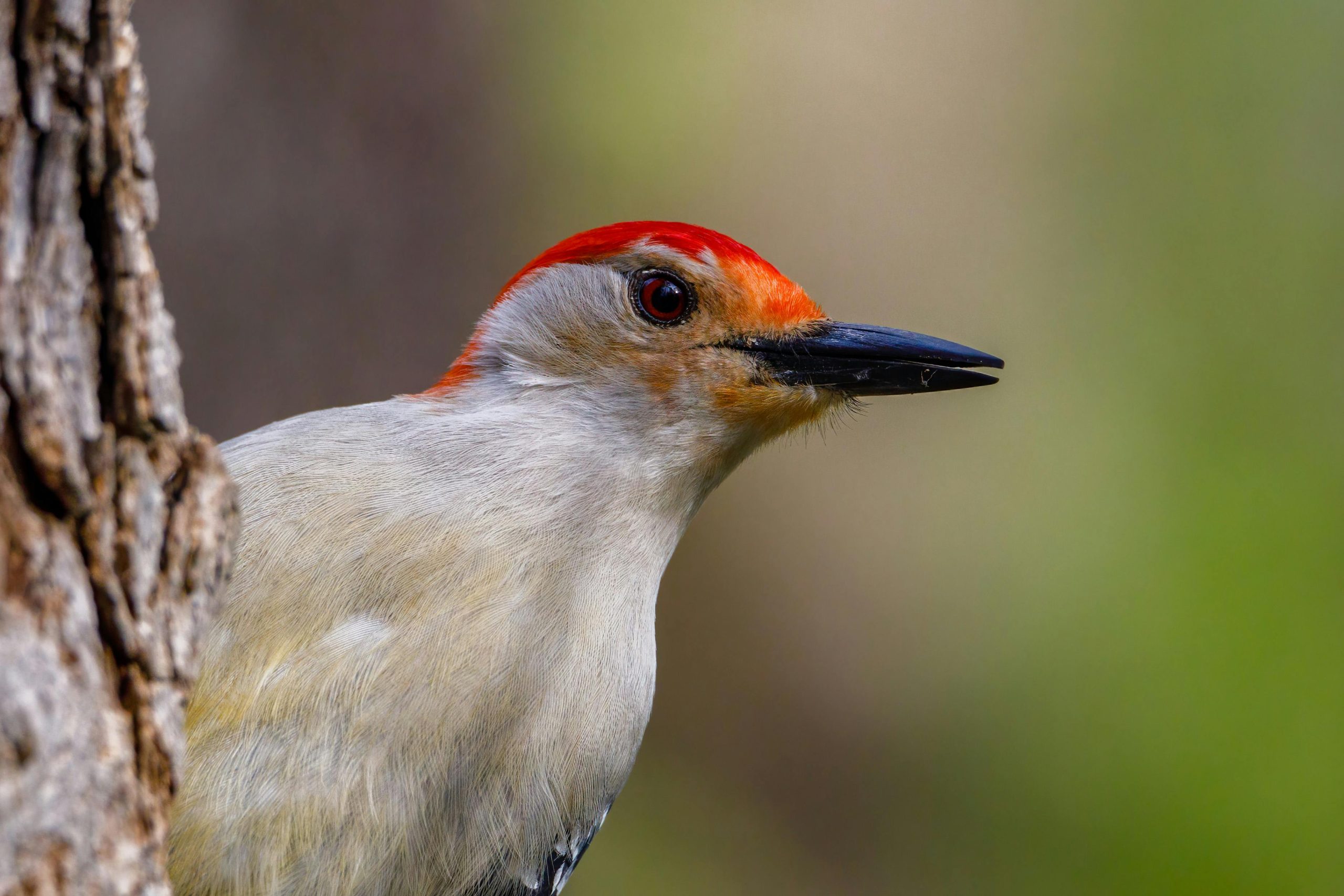
“The ivory-billed woodpecker can drill into wood with its sharp beak” Ivory-billed Woodpecker Scientific Classification: To explore more about animal ...
Read more
Gray Catbird (Dumetella carolinensis)
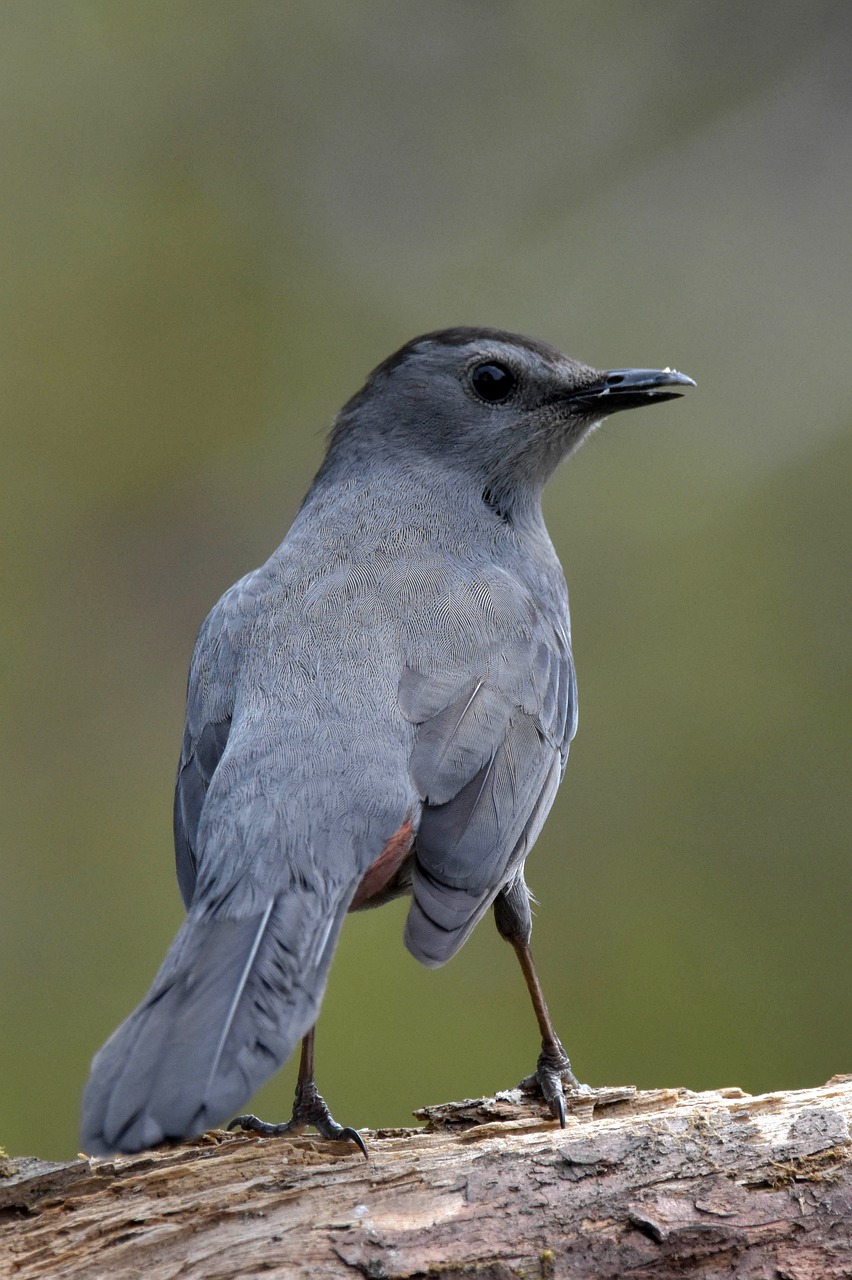
“Their songs have cat-like qualities and can mimic other birds and animals, like tree frogs.” The Gray Catbird, scientifically known ...
Read more
